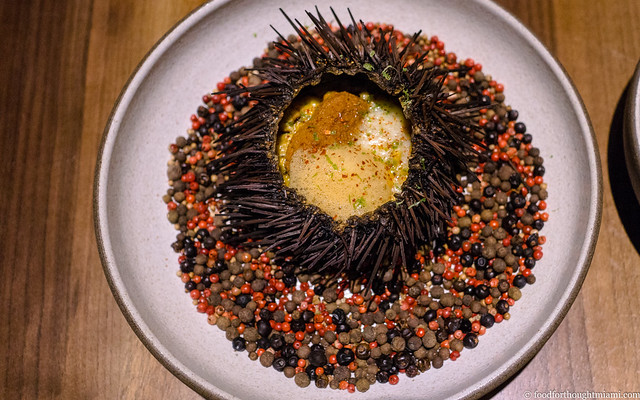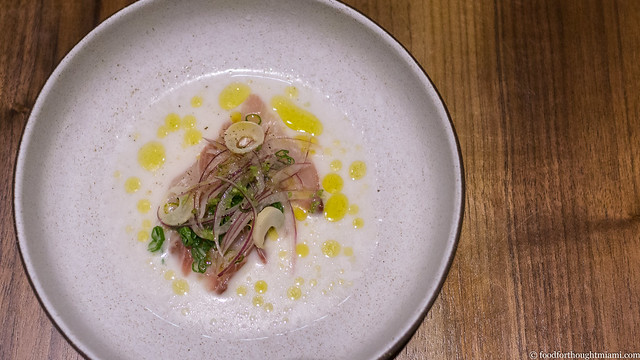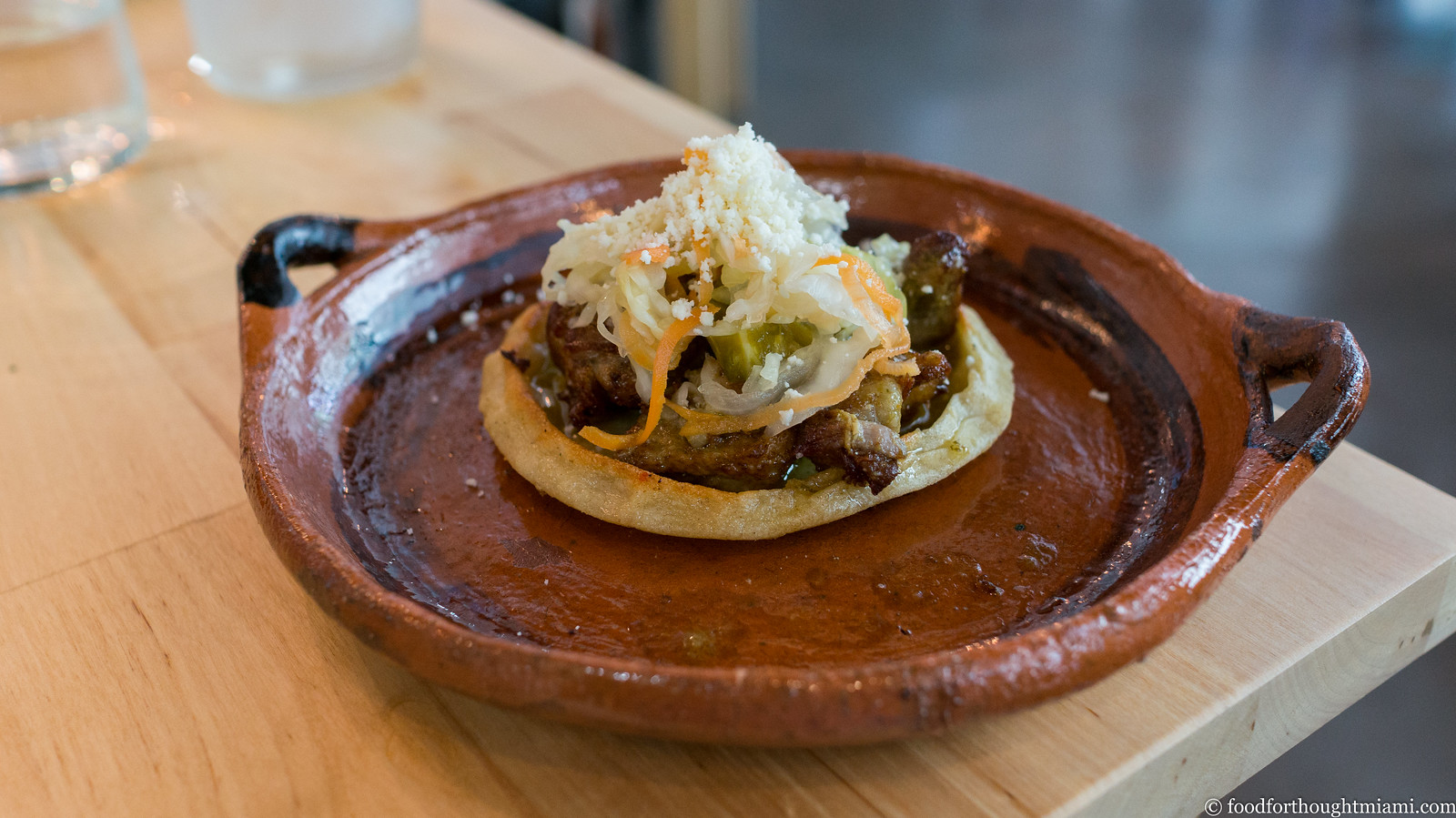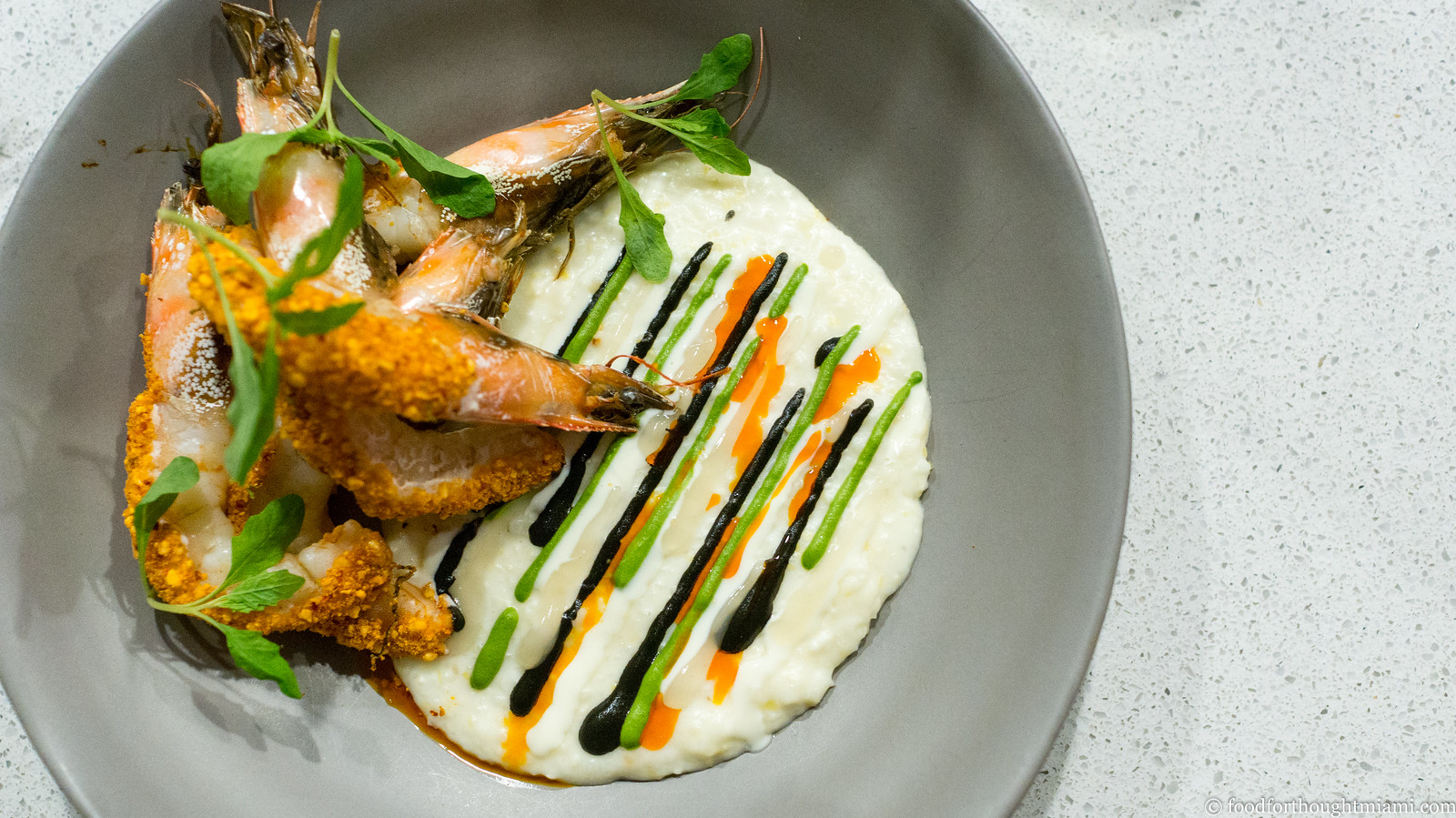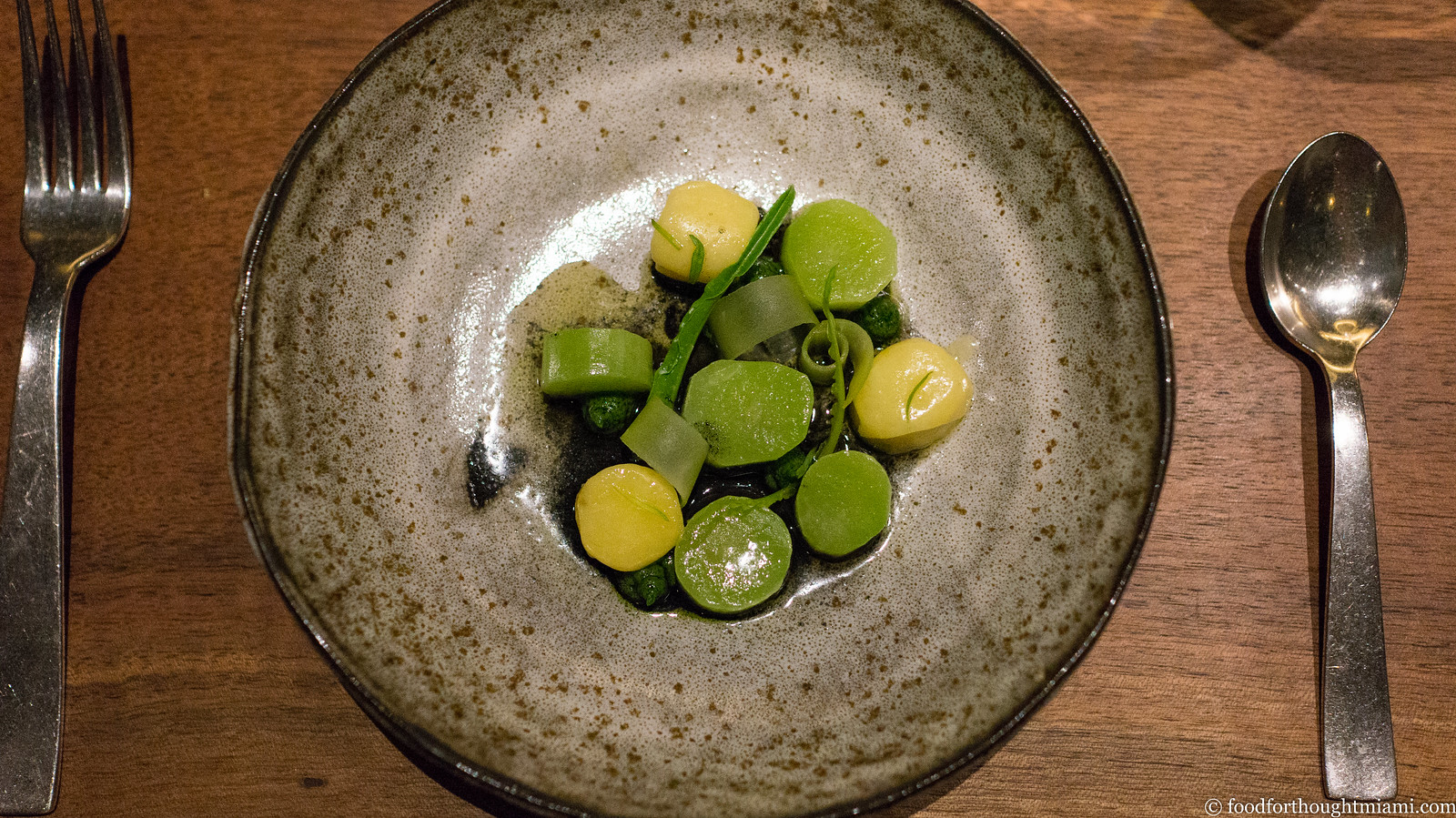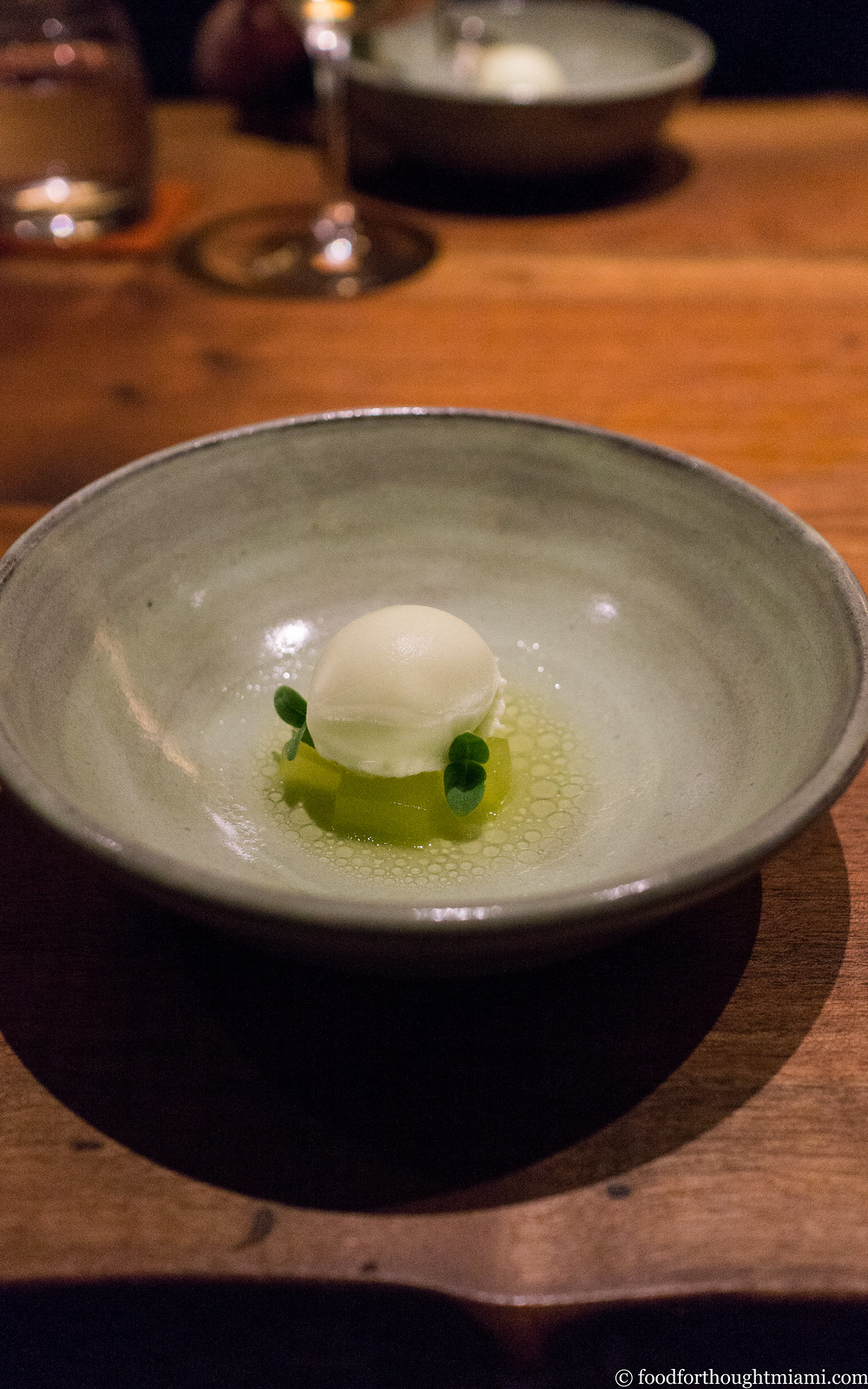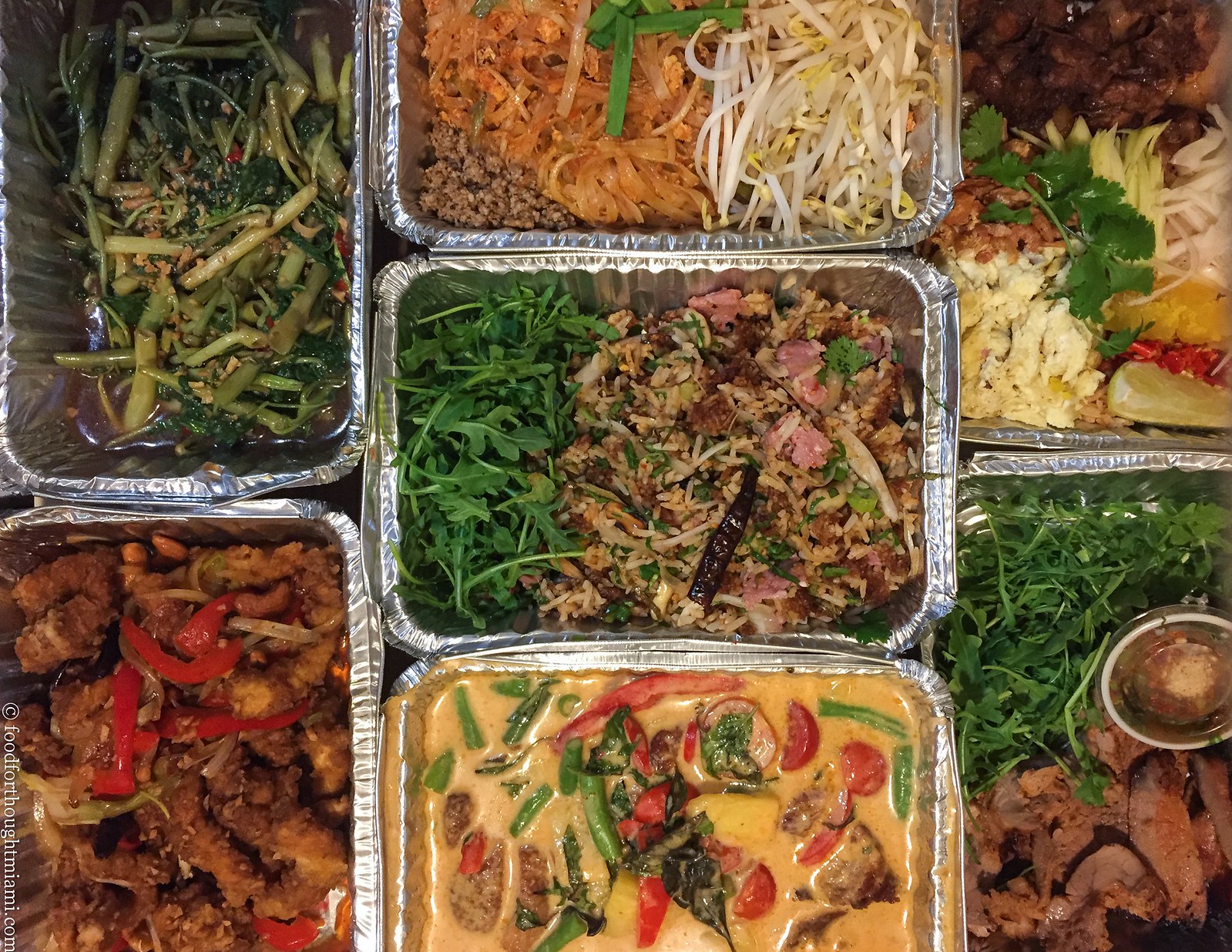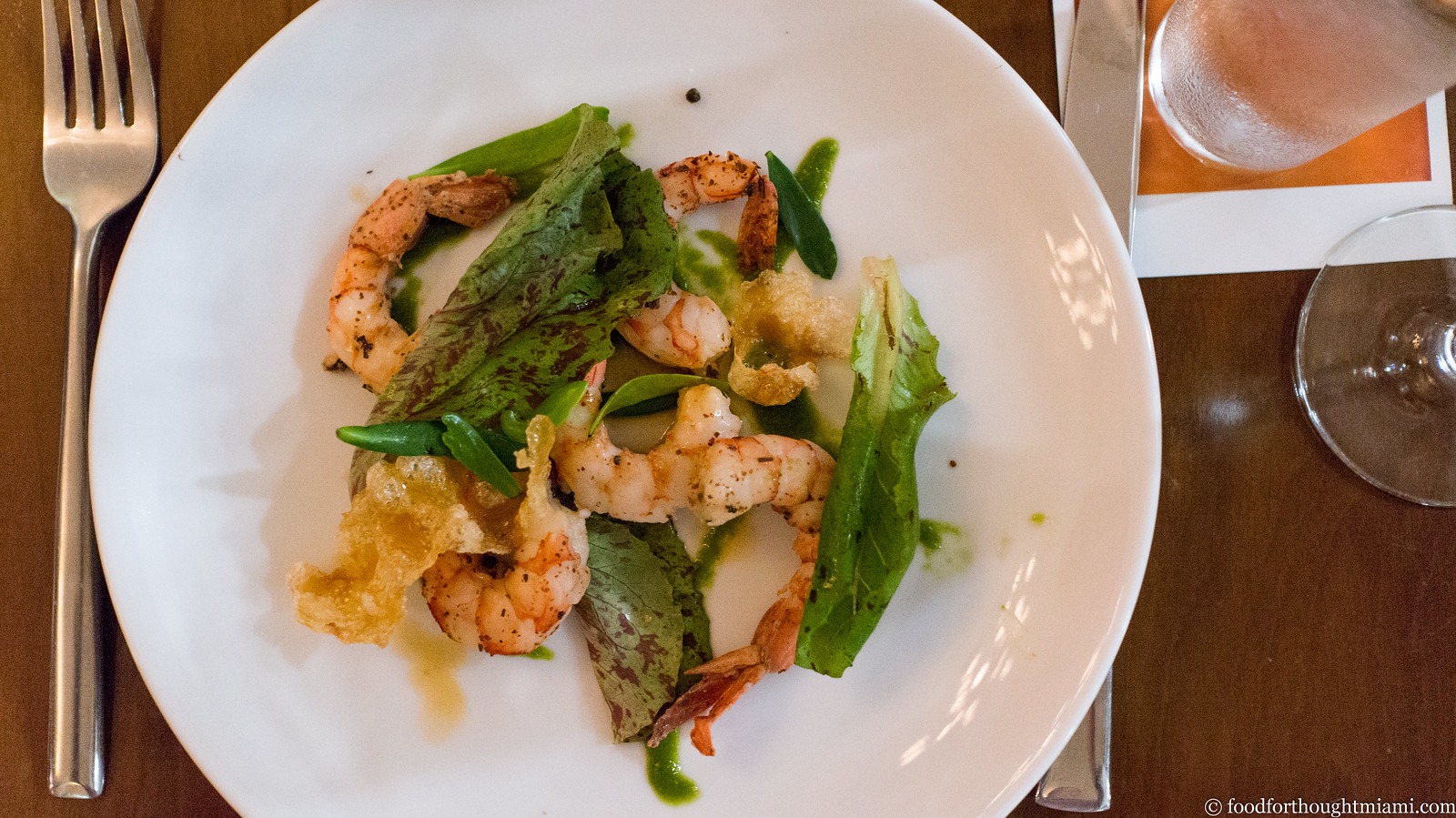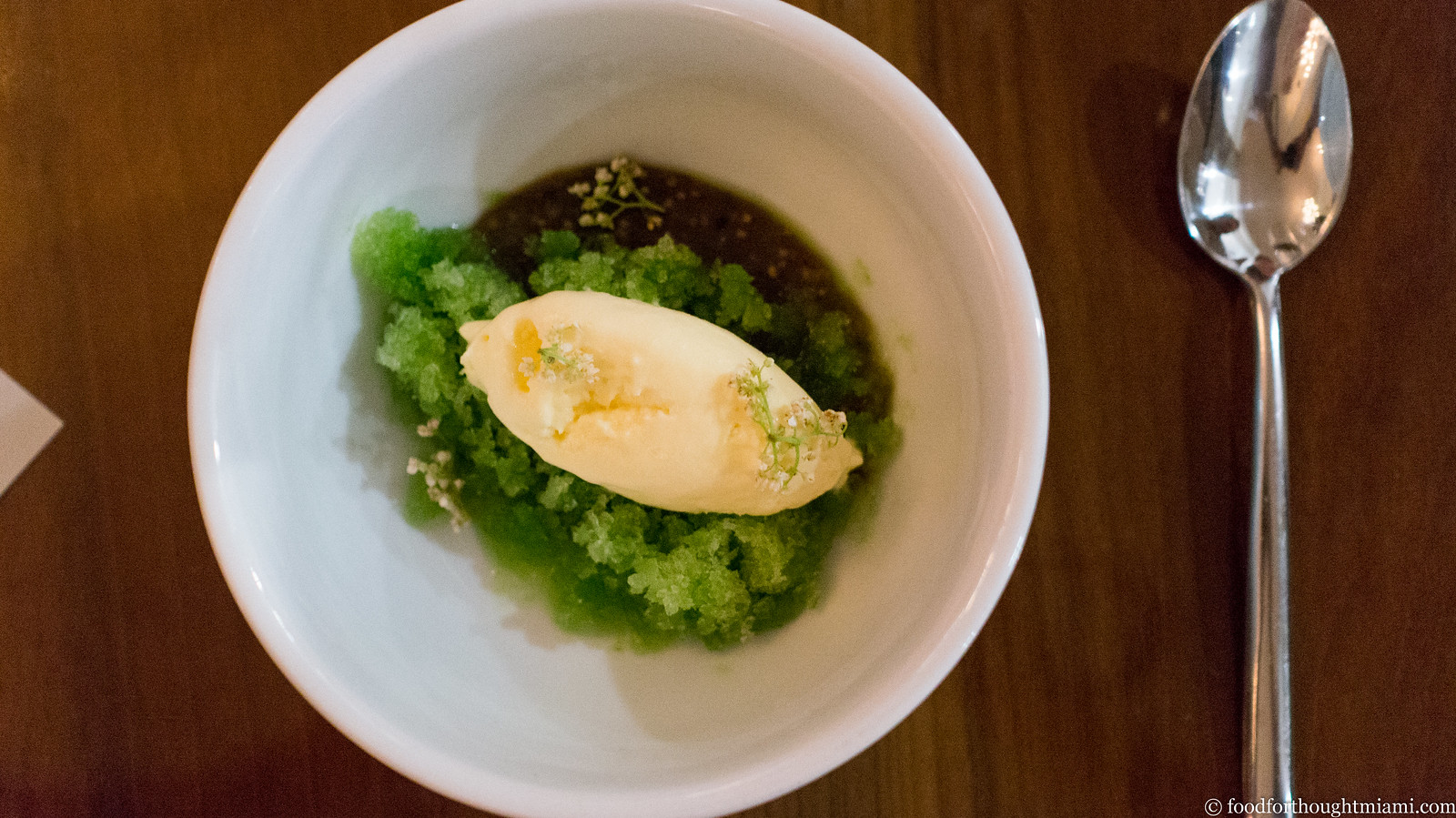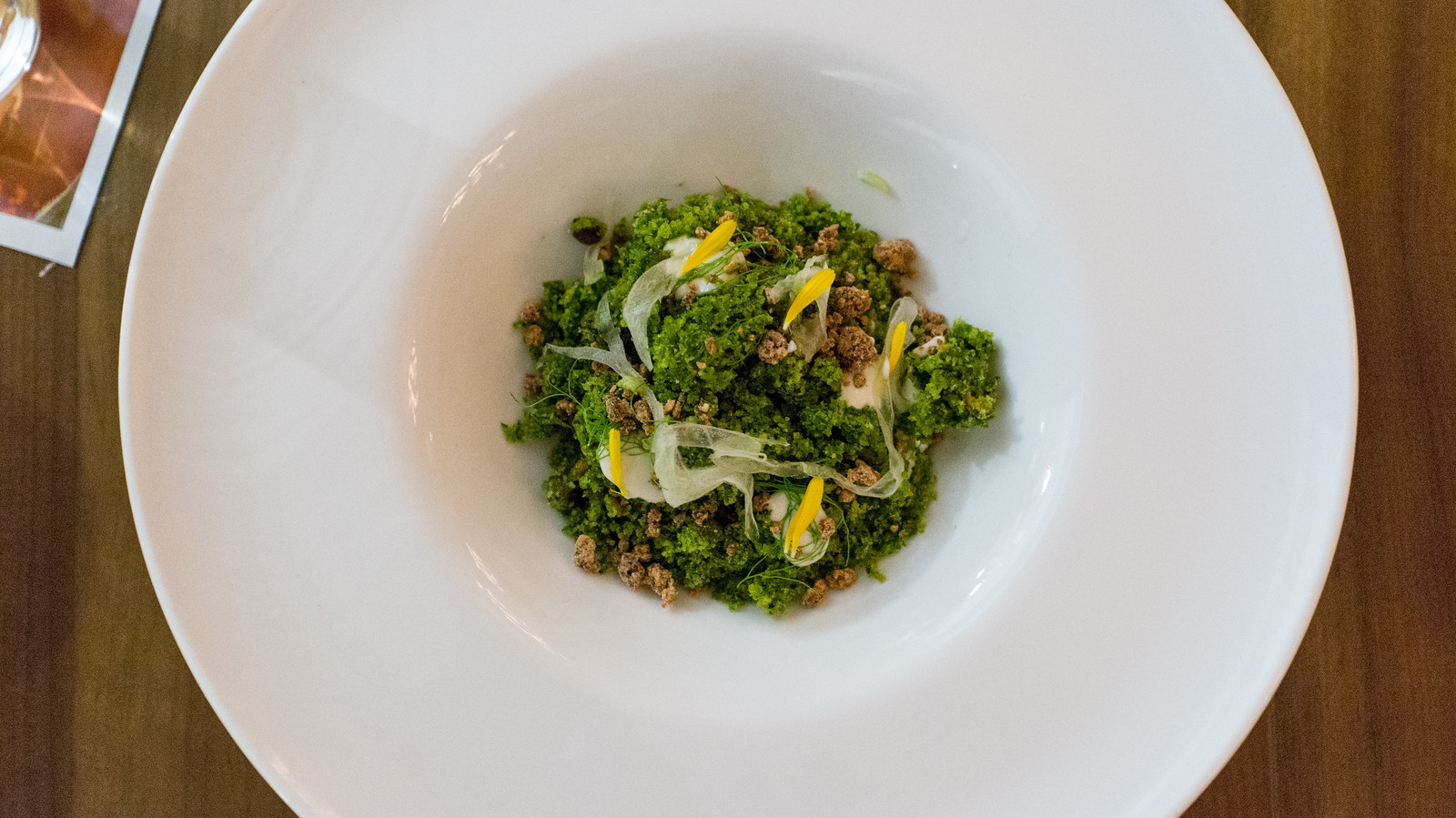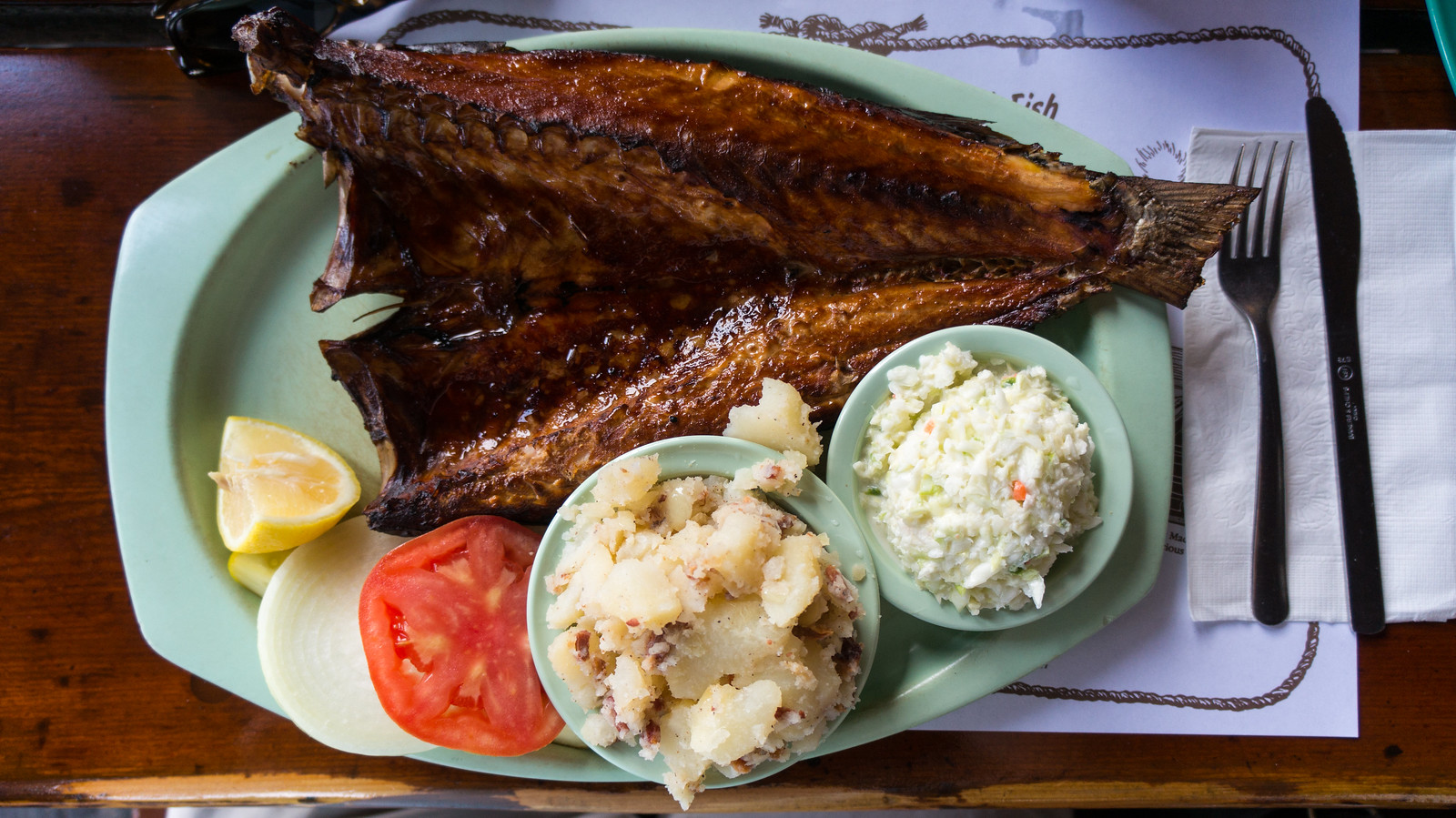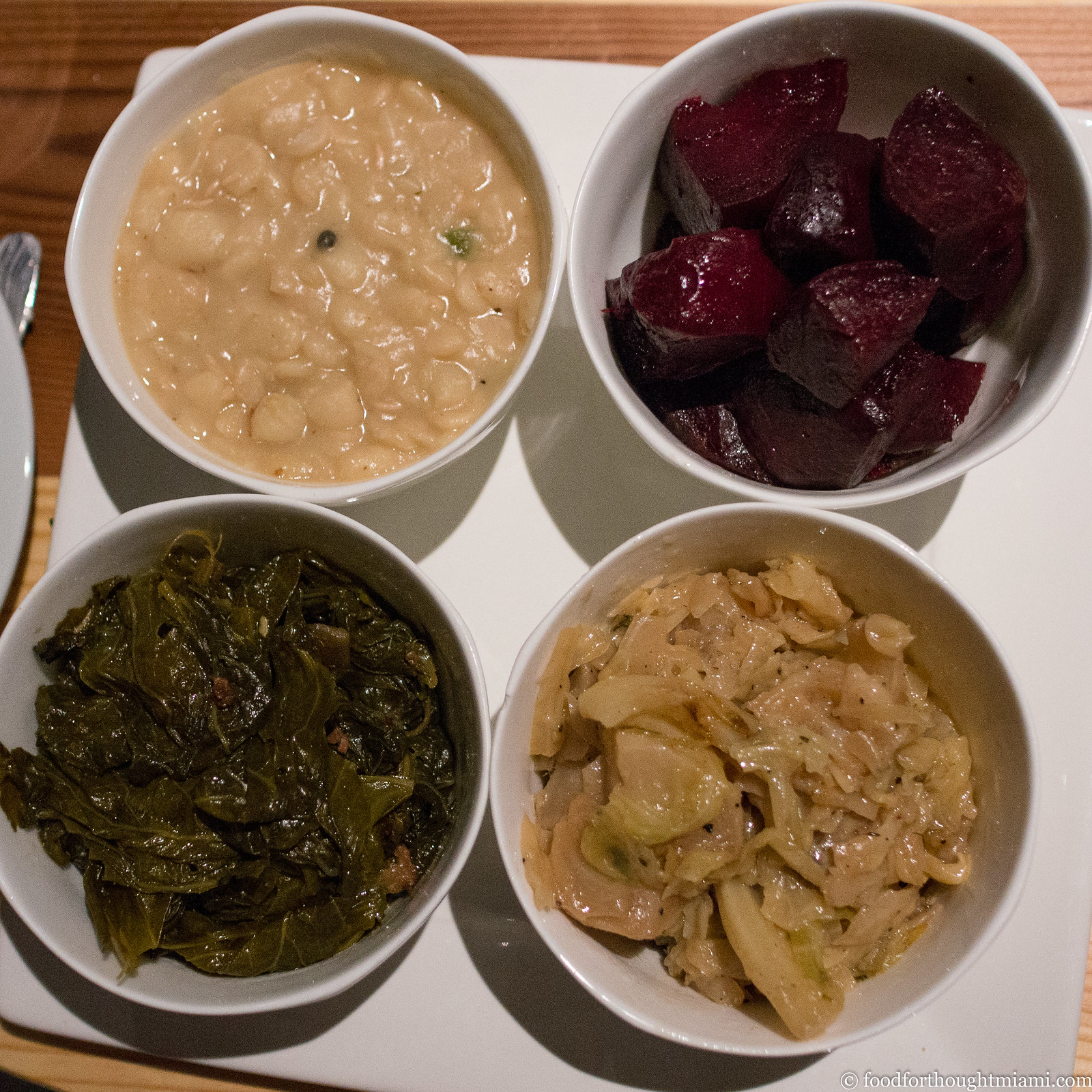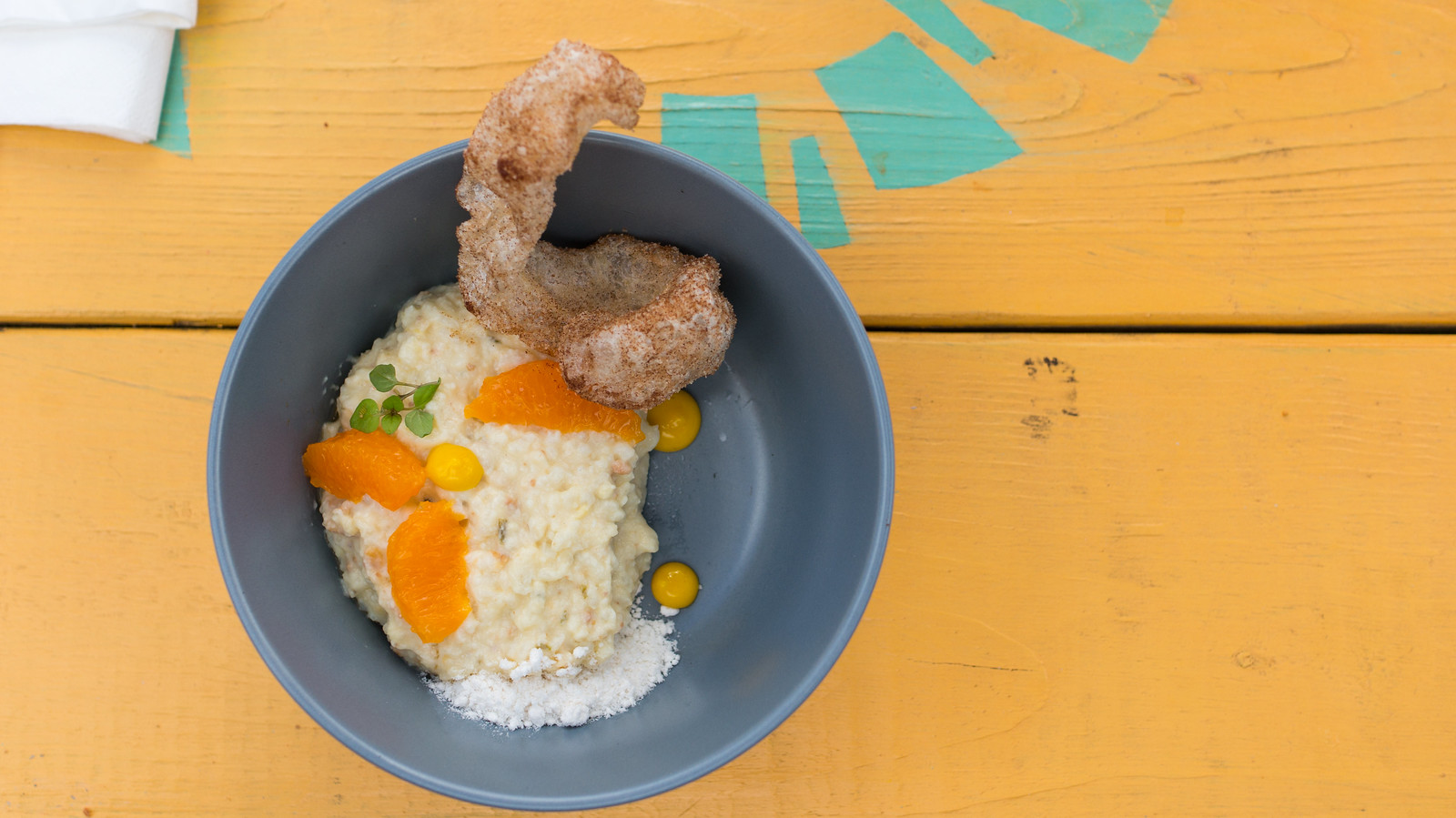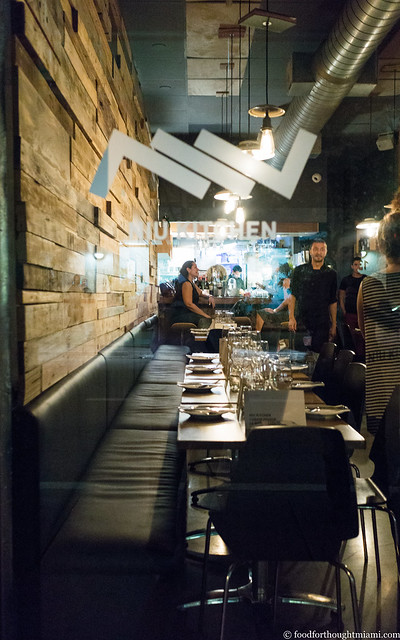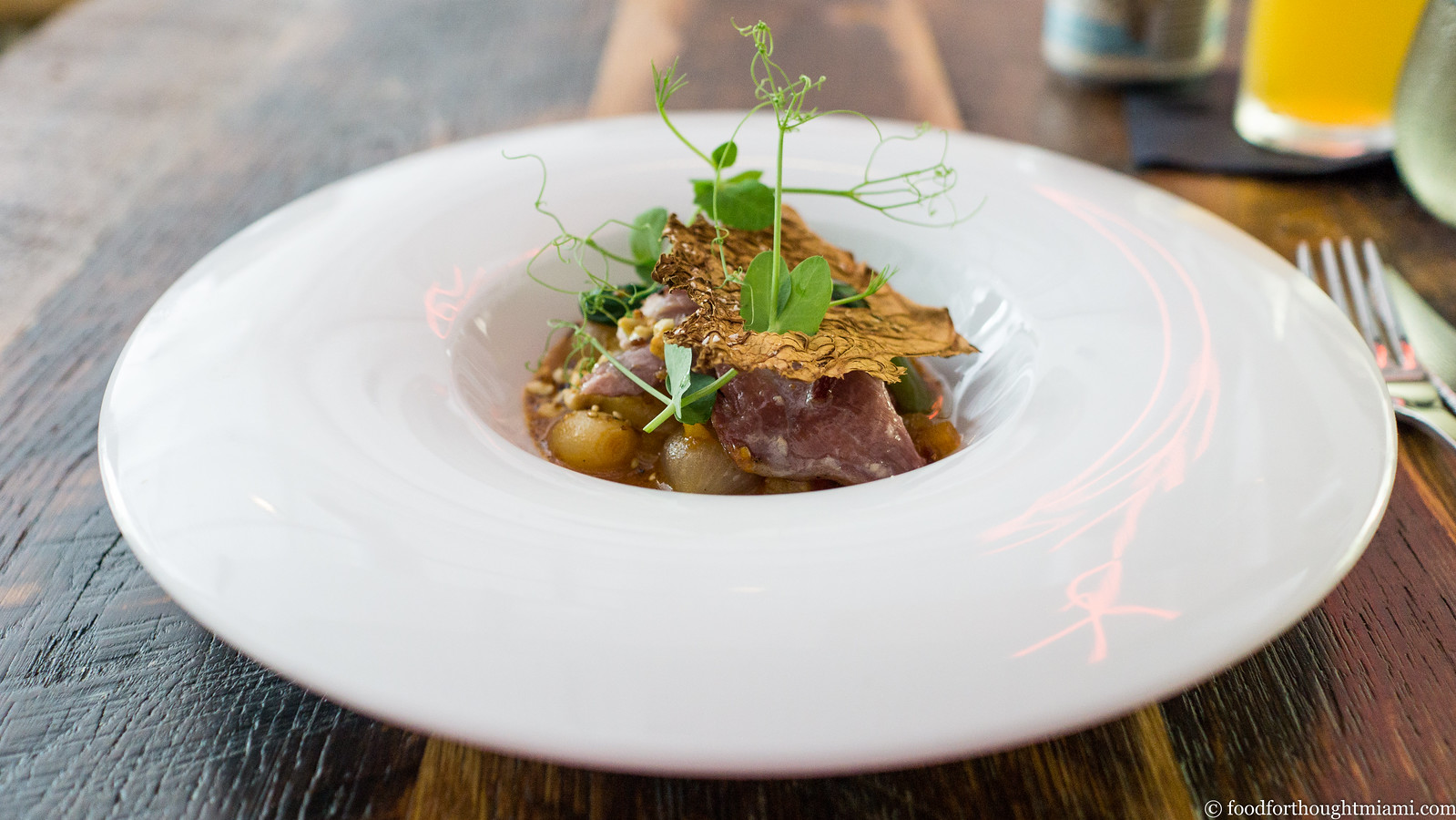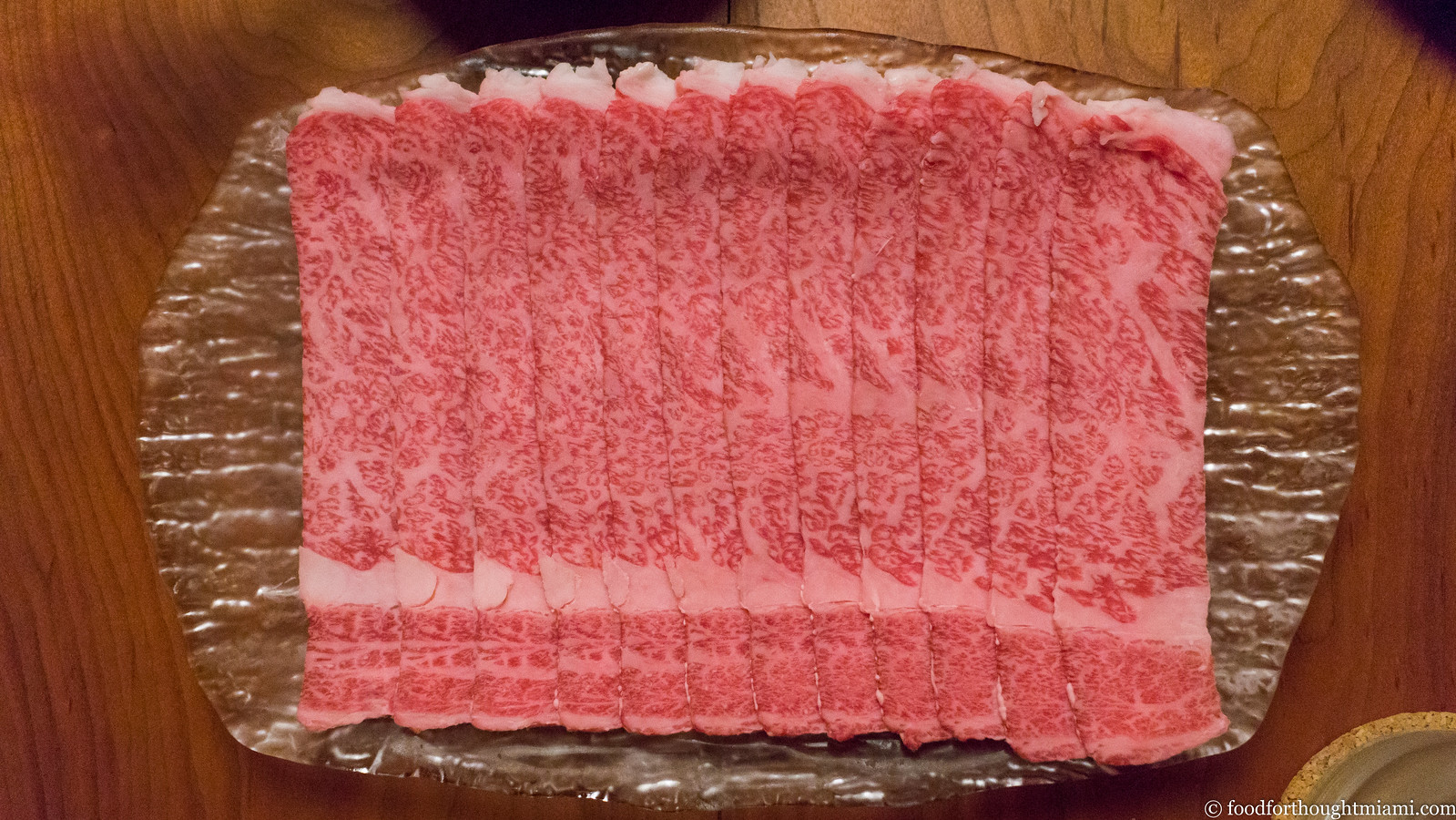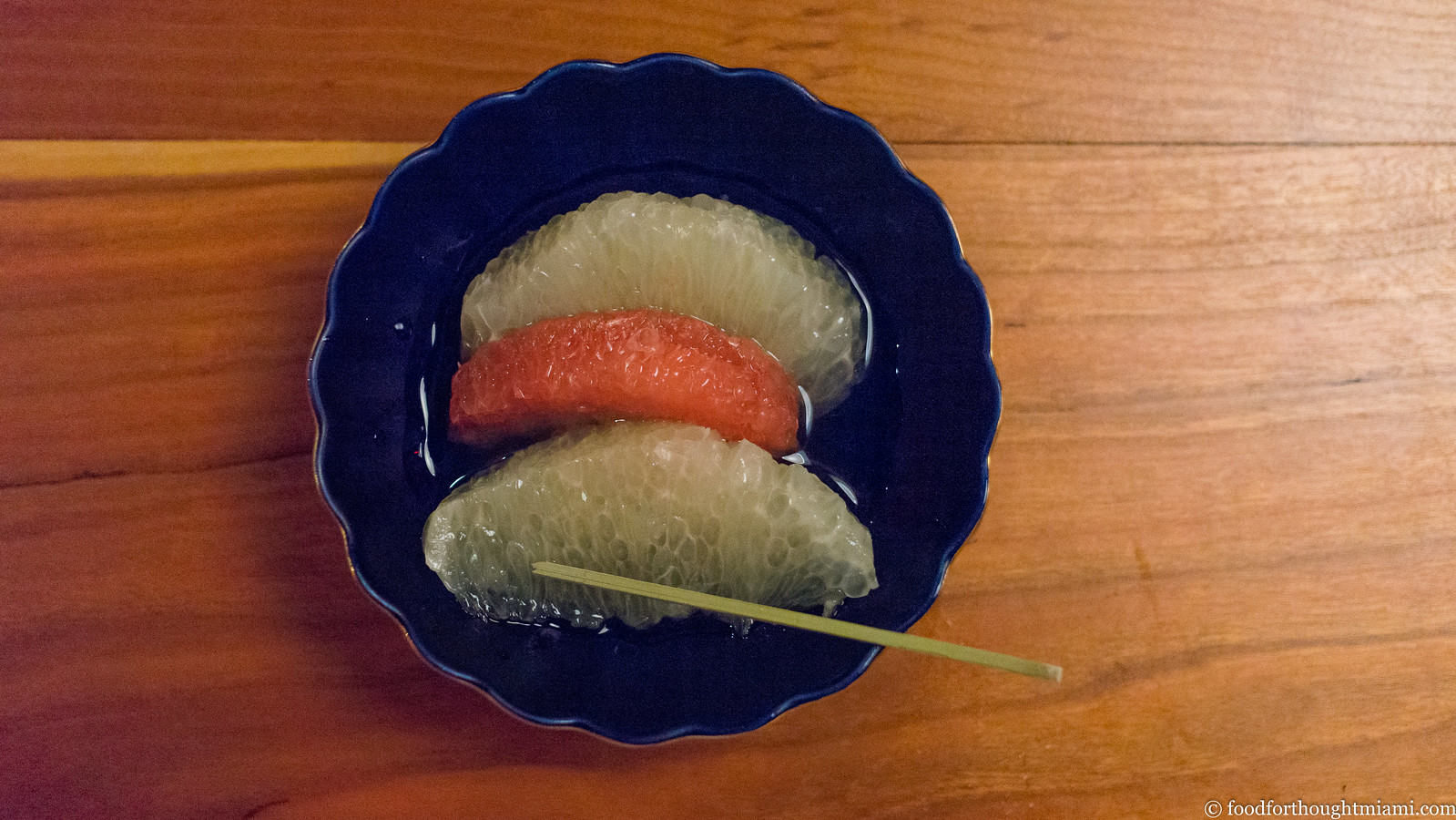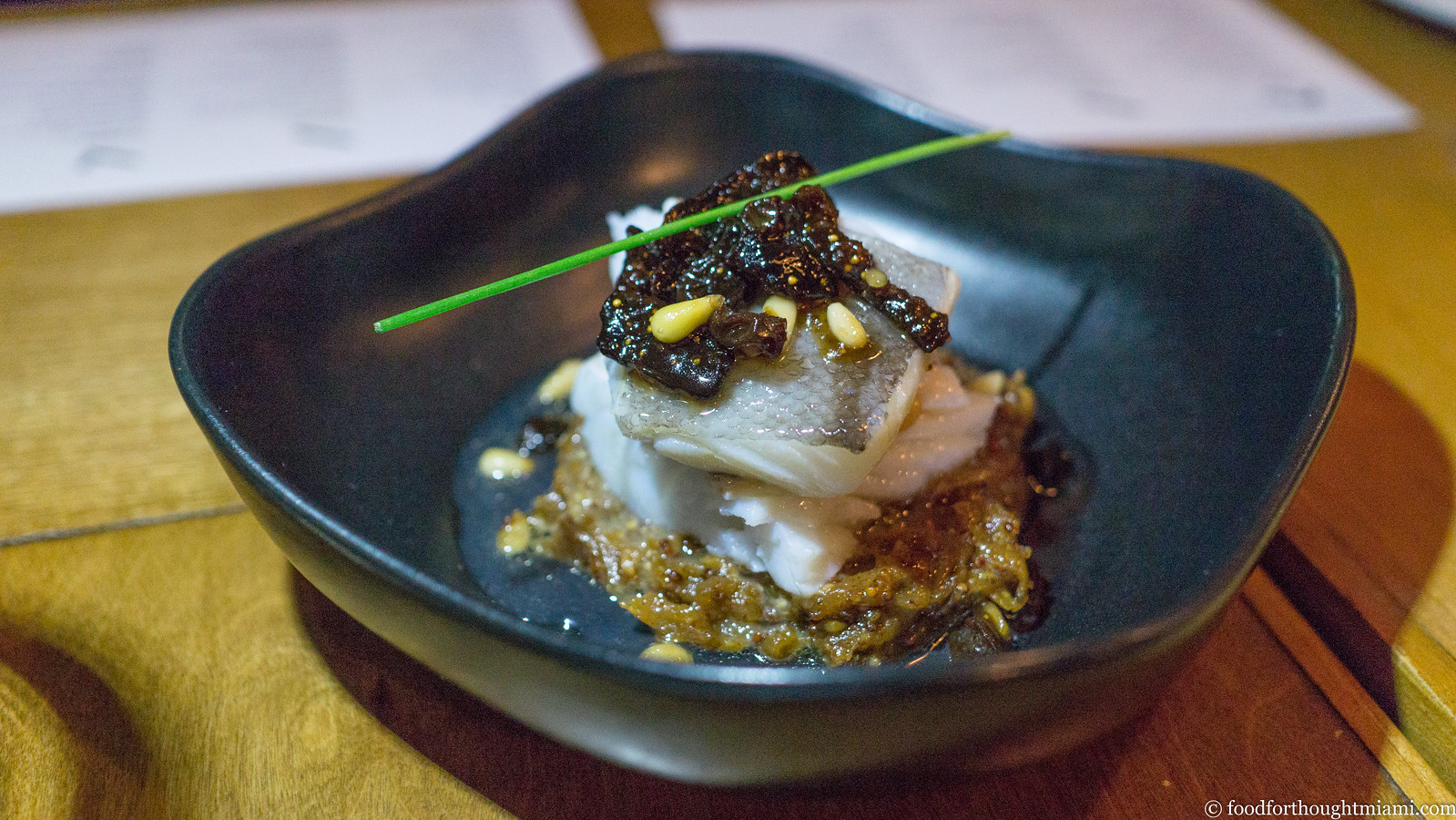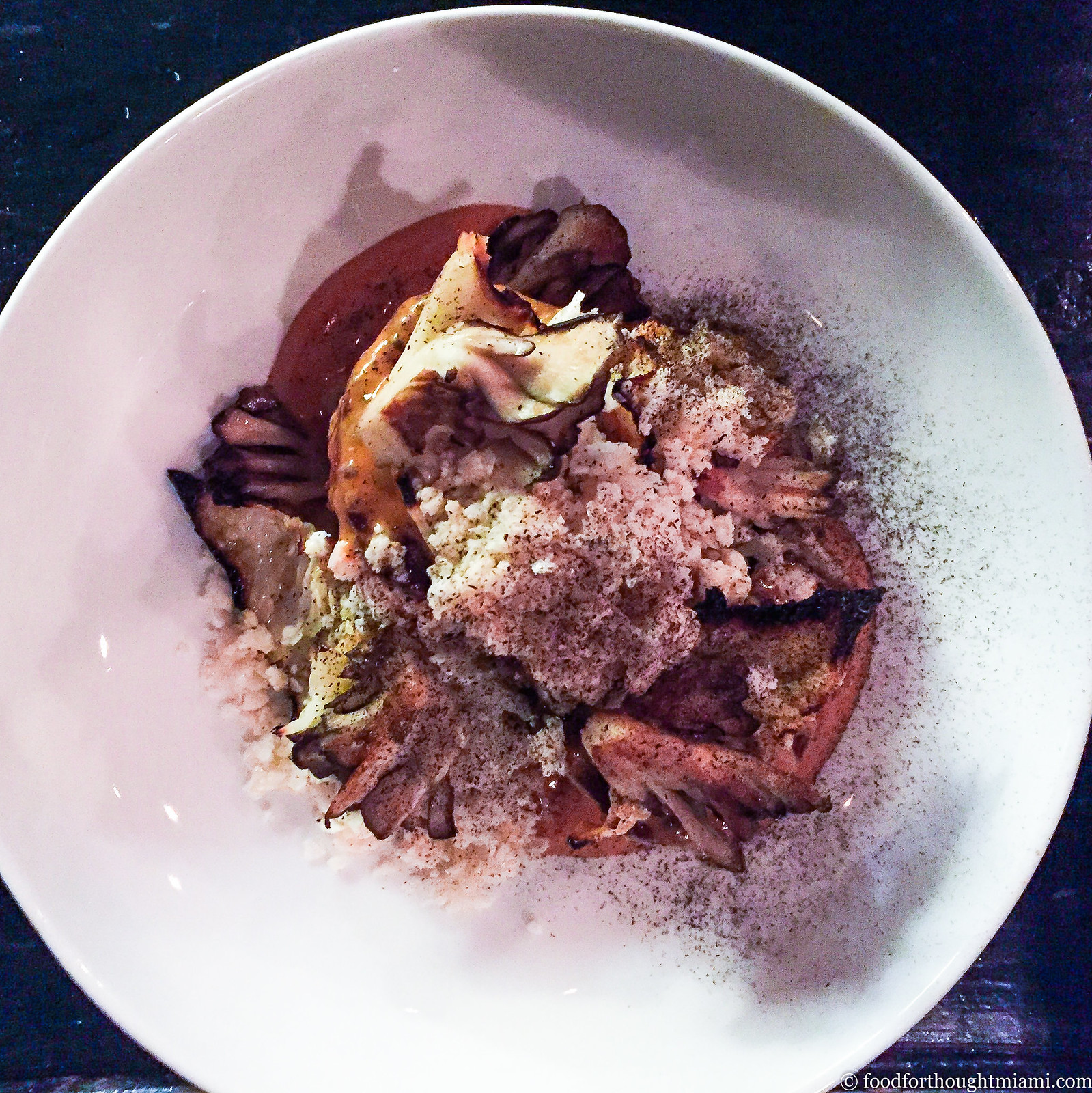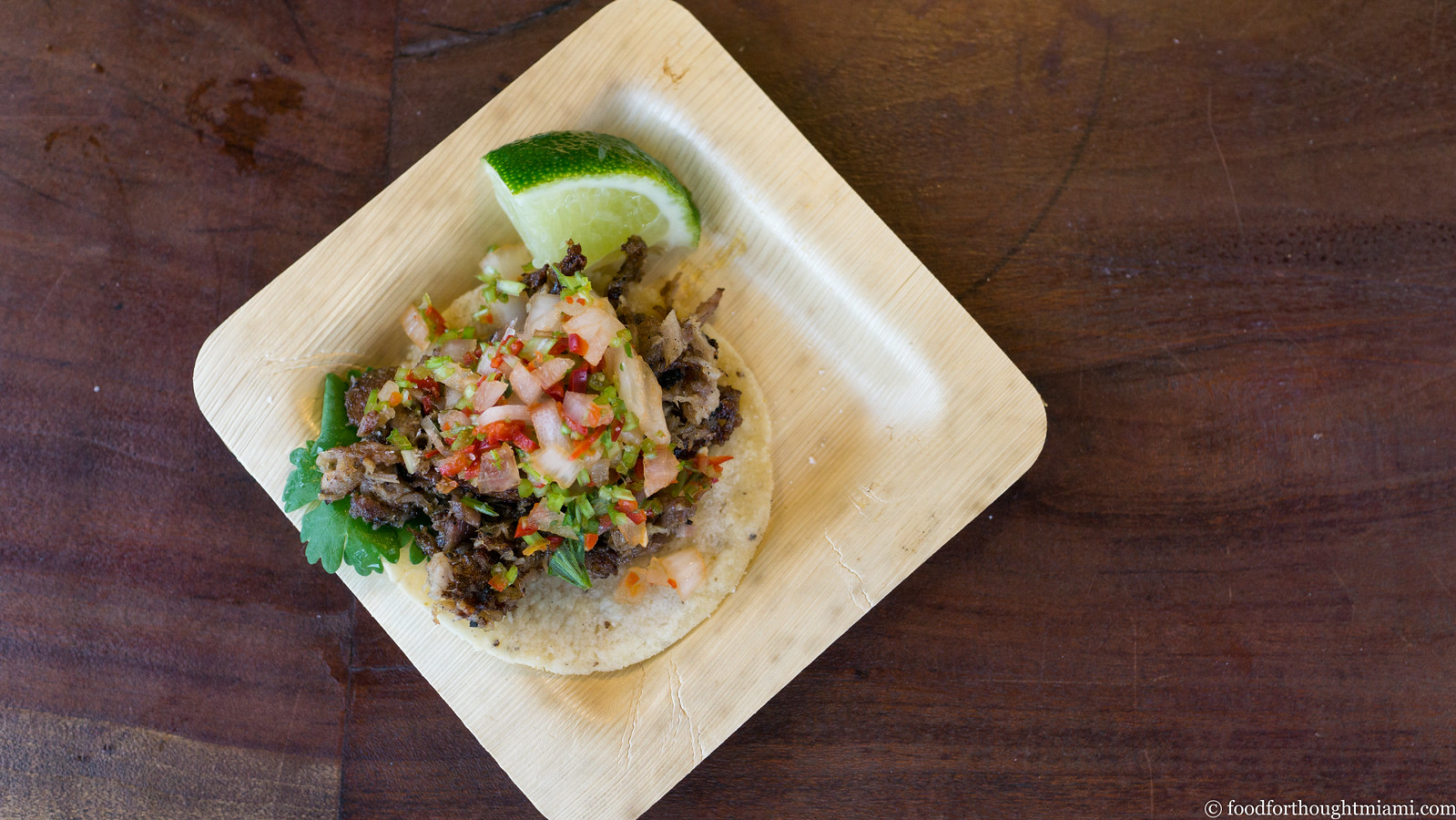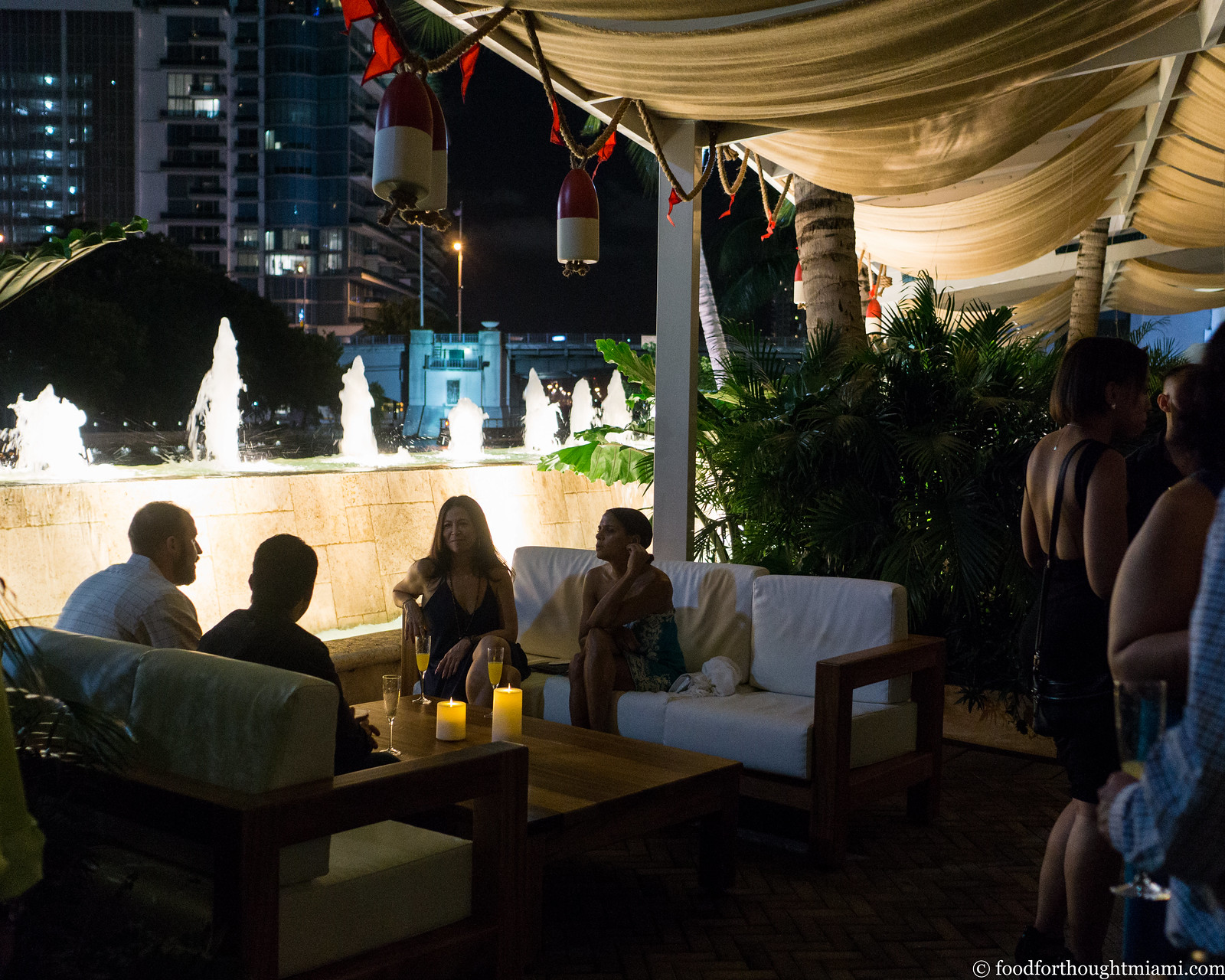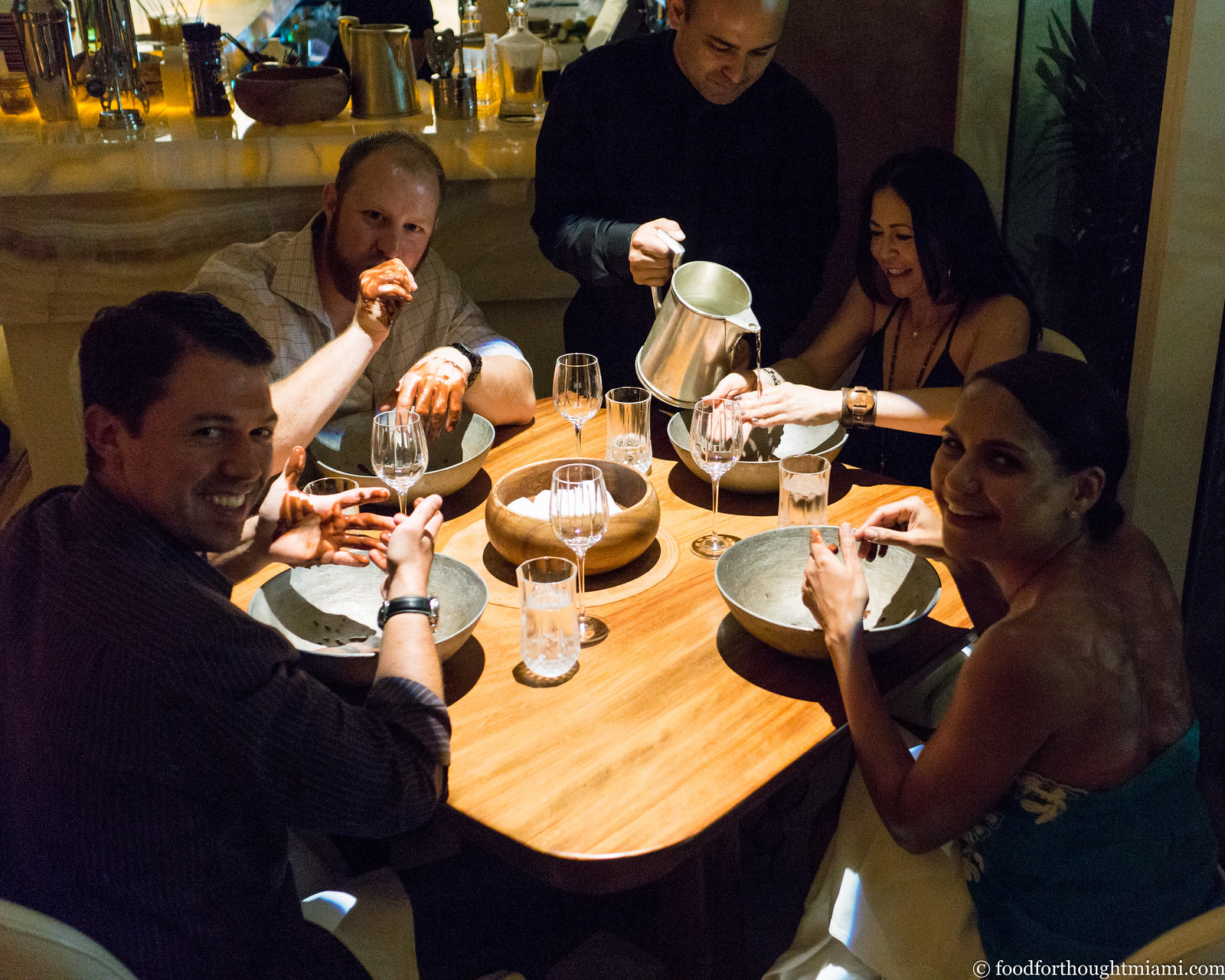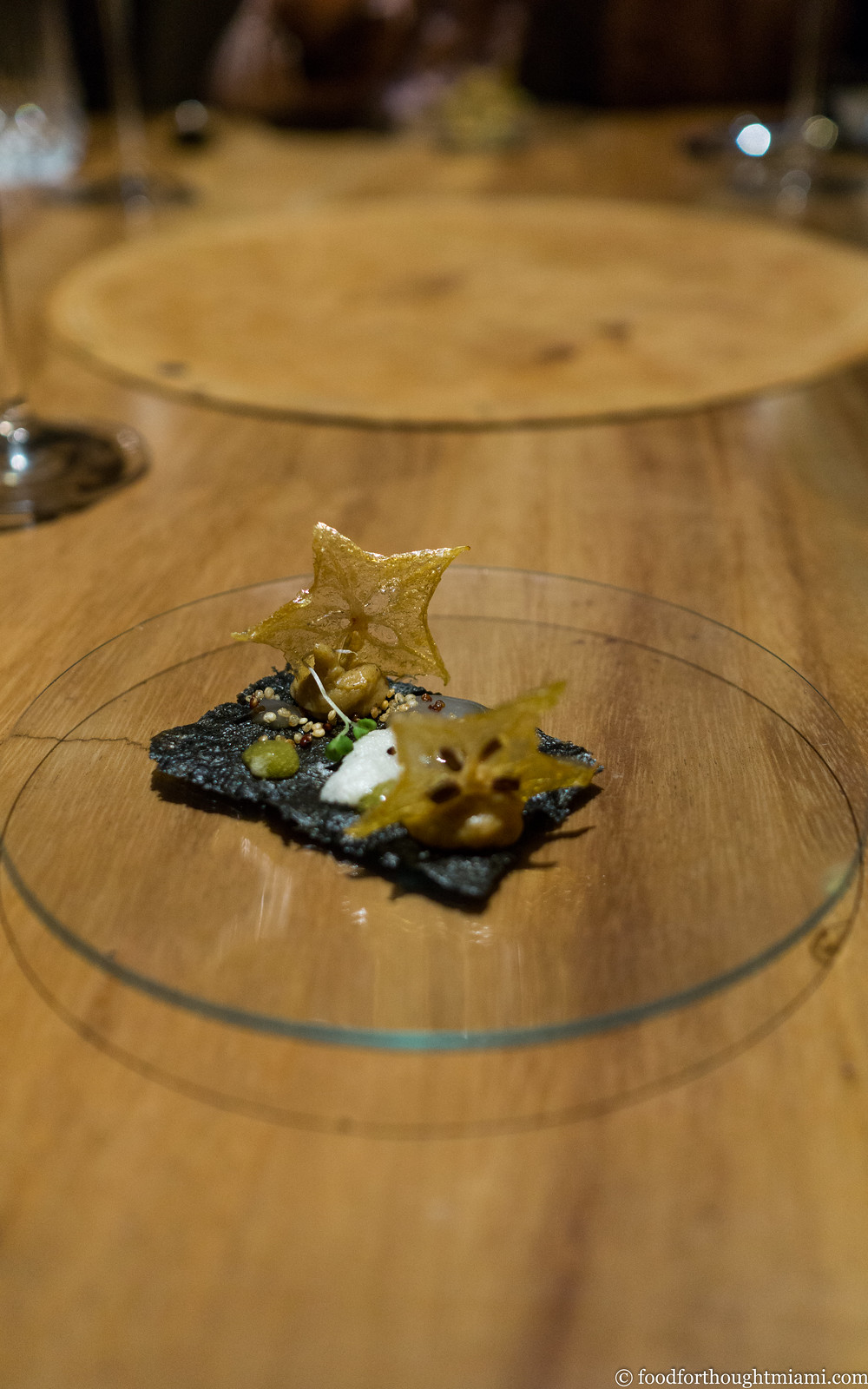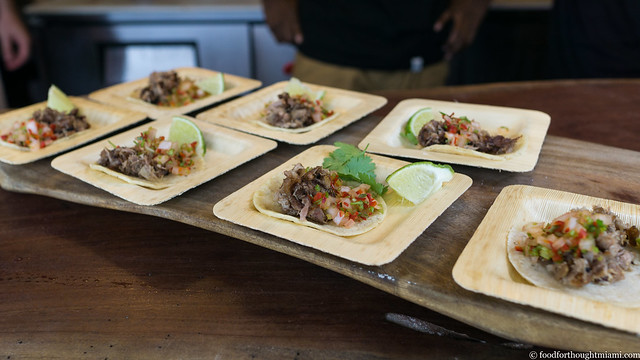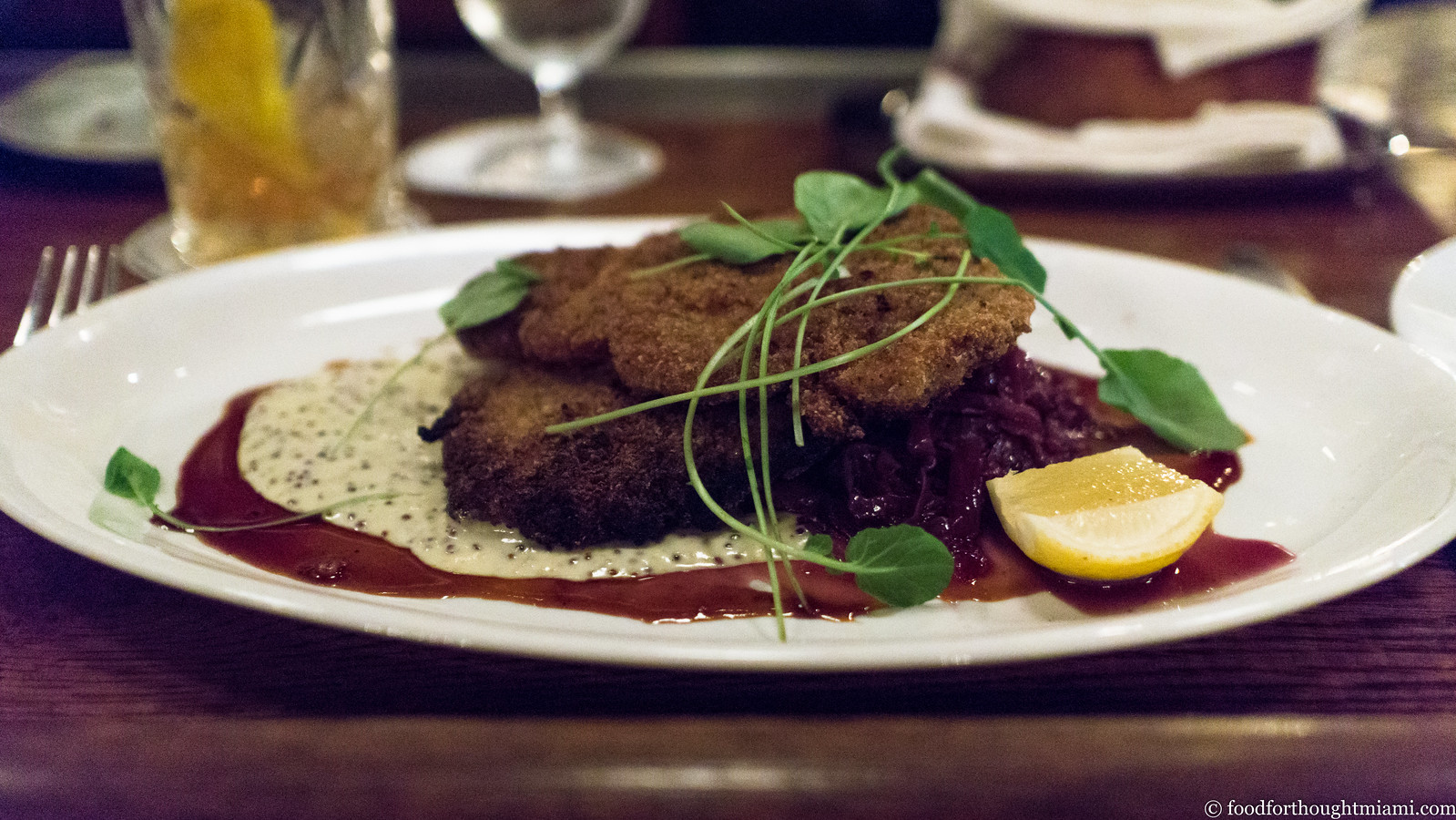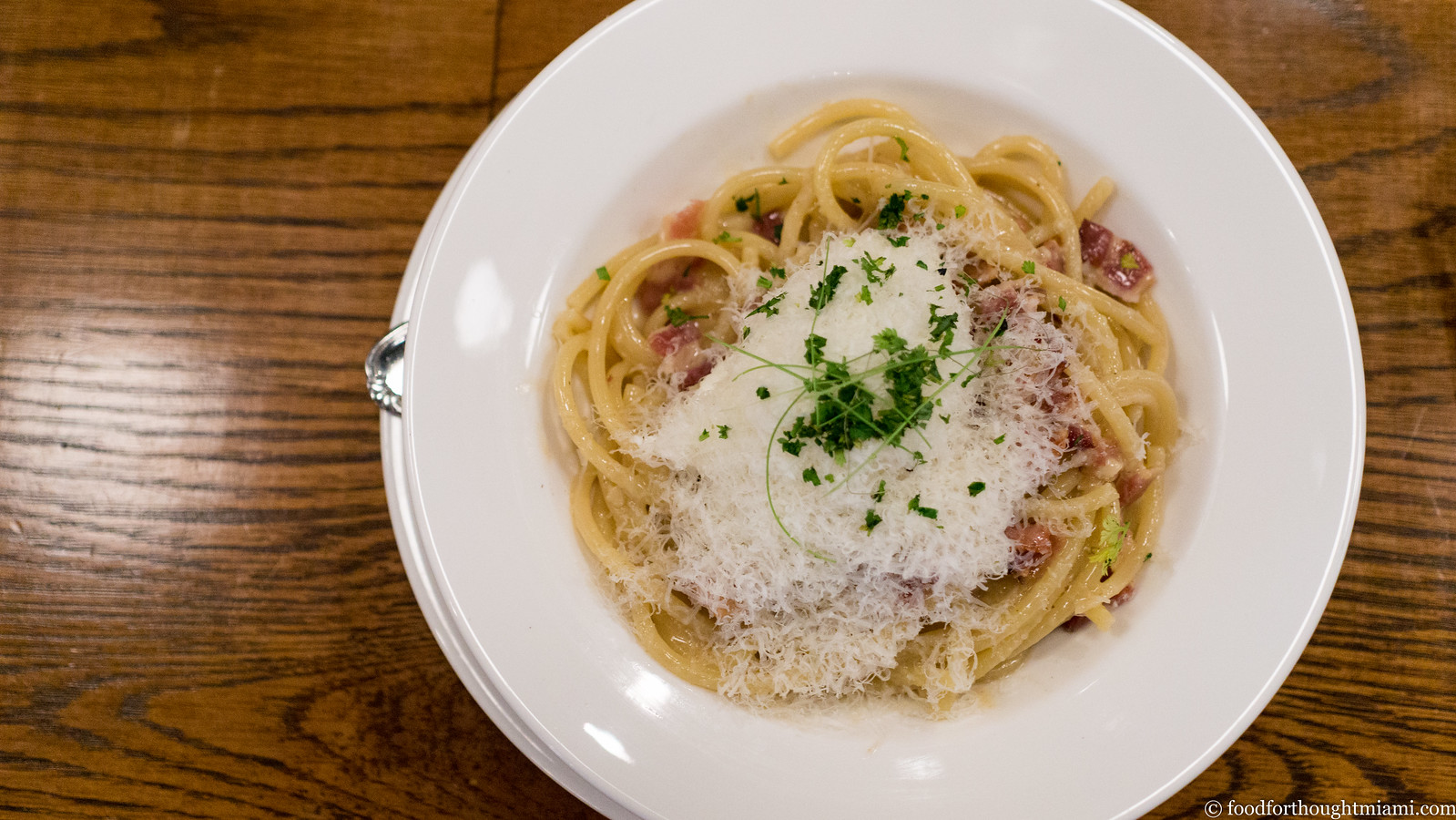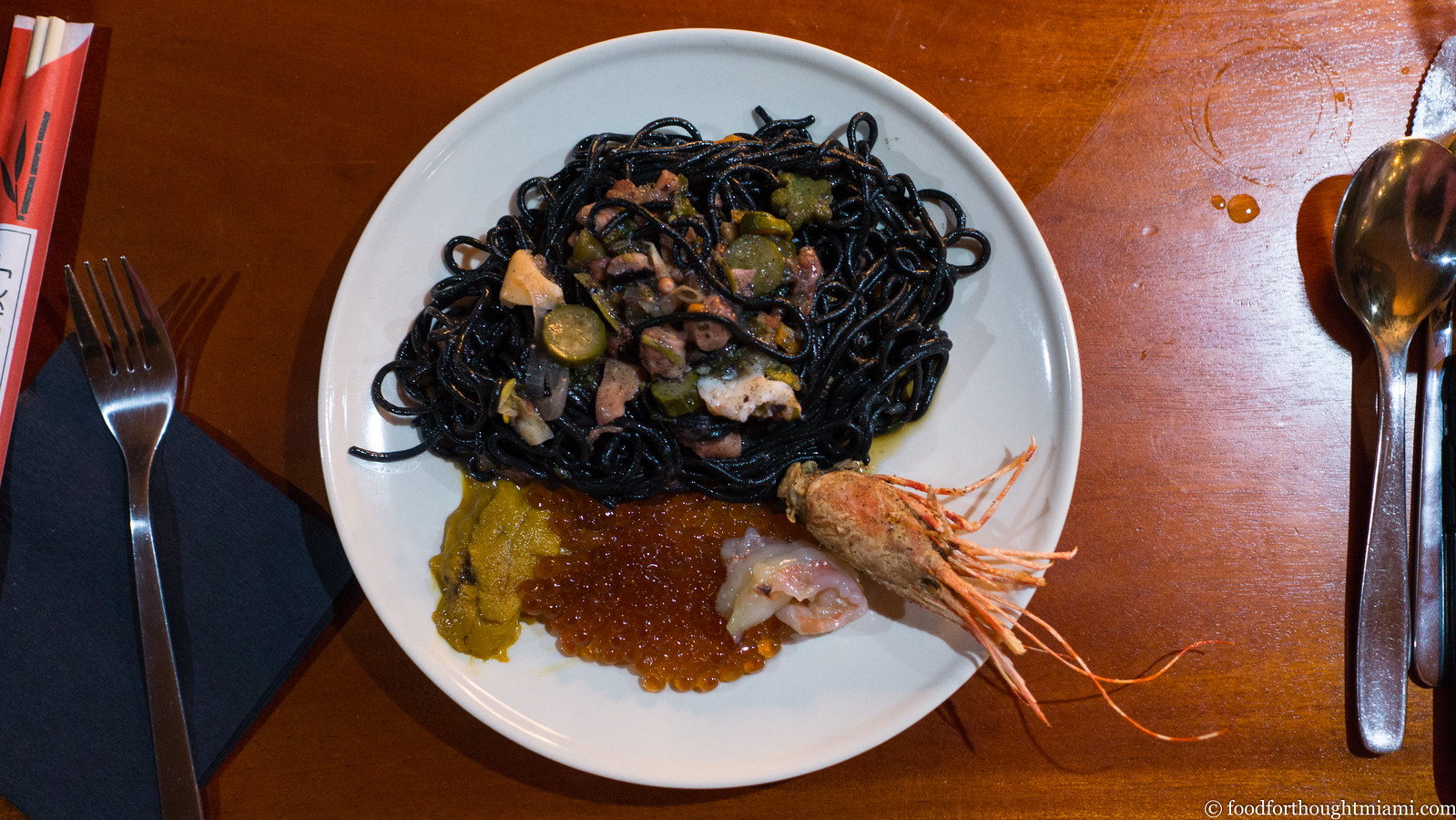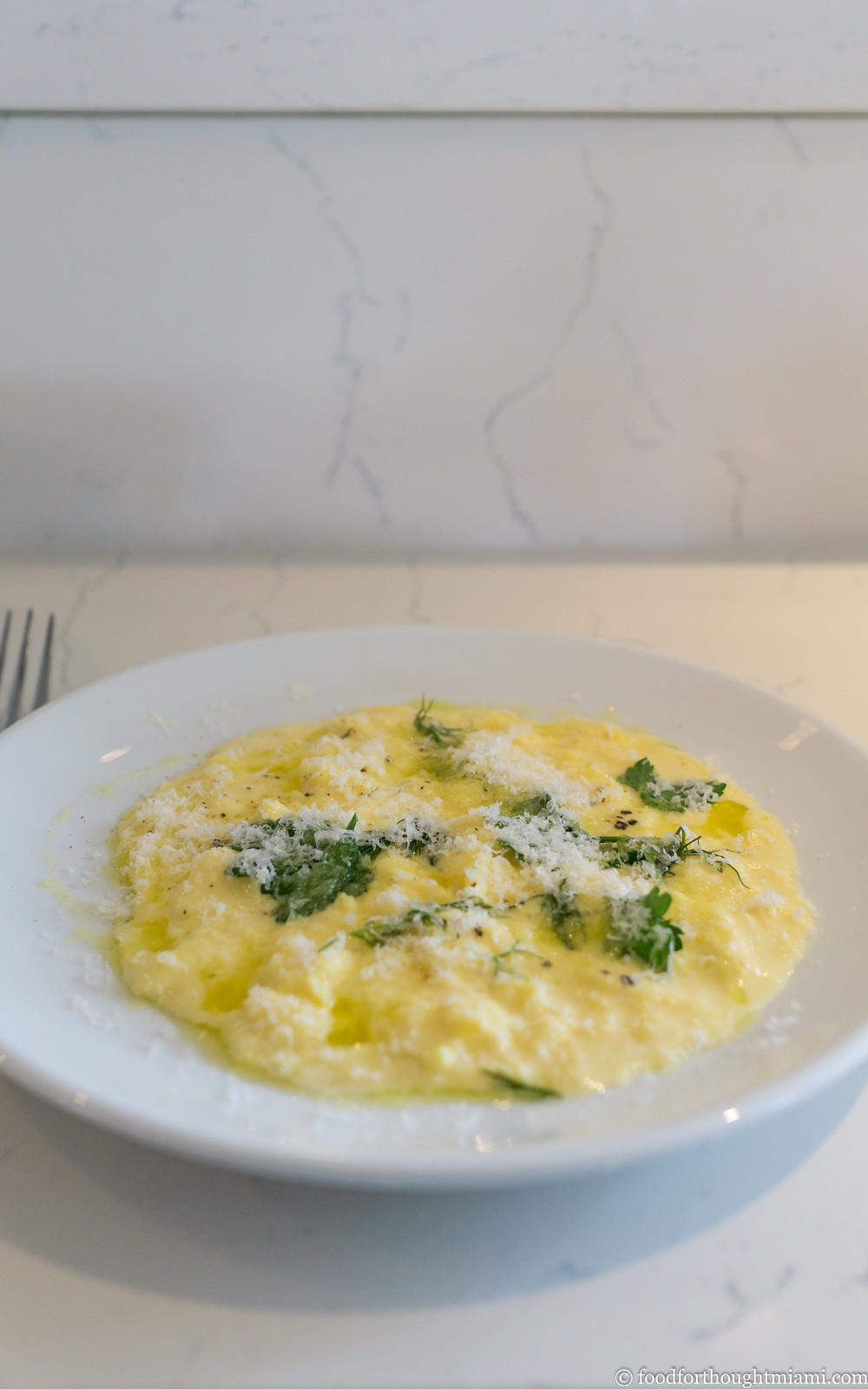Of the many big-name Miami restaurant openings of late, the one I've been most curious about is Paul Qui's Pao in the Faena Hotel Miami Beach. I've followed the chef since he was in the kitchen at Austin's Uchi, watched him dominate a season of Top Chef and win a James Beard Award in 2012, then go on to open both a tasting menu format restaurant (Qui) and several ragingly successful food trucks in Austin (East Side King and its sibling Thai-Kun, which was on Bon Appetit's list of best new restaurants of 2014).
Pao is Qui's first venture outside of Austin, and it's a big one: the Faena is perhaps the most ostentatious and over-the-top of many recent ostentatious, over-the-top Miami developments. The billion dollar project includes not only the hotel, where rooms start at $900 a night, but also a Norman Foster-designed condominium where units are selling for an average of $3,000 per square foot (including a $60 million sale to a billionaire hedge fund manager) and the Rem Koolhaas-designed Faena Forum, a multi-disciplinary arts exhibition center.
It is both exciting and, in a way, alienating. In many respects, I simply don't recognize this as the city where I was born and have spent nearly half a century. Faena, and other recent projects like the expansion of the Design District into what seems like a living catalog of the holdings of LVMH, are designed as playgrounds for the über-wealthy, international jet-set; they have little connection to the locals who actually live here.
But if it brings chefs like Qui to Miami, then who am I to complain?
Oddly, despite all the hullabaloo over Faena, details on Qui's restaurant have been somewhat hard to come by, even as it opened at the beginning of this week. I heard the food would be "modern Asian" with "Filipino, Spanish, Japanese and French flavors;" I heard a lot more about the $6 million Damien Hirst gold-leafed unicorn sculpture ("Golden Myth") that is the centerpiece of the dining room. But that's OK: so many restaurants put out so much pre-opening hype these days that I grow tired of hearing about them before they've even opened. By contrast, I didn't have much of an idea of what to expect heading into Pao. So here's a first look.
(You can see all the pictures from my first visit to Pao – including shots of the menu, which is not yet available online – in this Pao by Paul Qui flickr set).
The menu starts with four choices of fish crudos, along with a "binchotan service" featuring several items that can be grilled tableside over Japanese charcoal. It then moves through about a half-dozen choices of small plates, several rice dishes and a selection of several larger-format plates meant for sharing.
The first item on the menu points toward Qui's Filipino heritage: kinilaw, the Philippines' version of ceviche. Slices of hiramasa (a/k/a buri, yellowtail, amberjack) are bathed in coconut milk and coconut vinegar, garnished with hearts of palm and slivered red onion, and dappled with Spanish olive oil. It's richer, and less acidic, than a typical ceviche, and I found myself wishing the vinegar was turned up a little louder than the coconut milk. The other crudo we tried, a carpaccio of Japanese sea bream, was plated with a puddle of smoked soy sauce and leek oil contained within a ring of kumquat jam that tasted as bright and vibrant as its vivid orange hue. The quality of the fish was excellent, but I was somewhat surprised that of the four crudos offered, none came from local waters
(continued ...)

